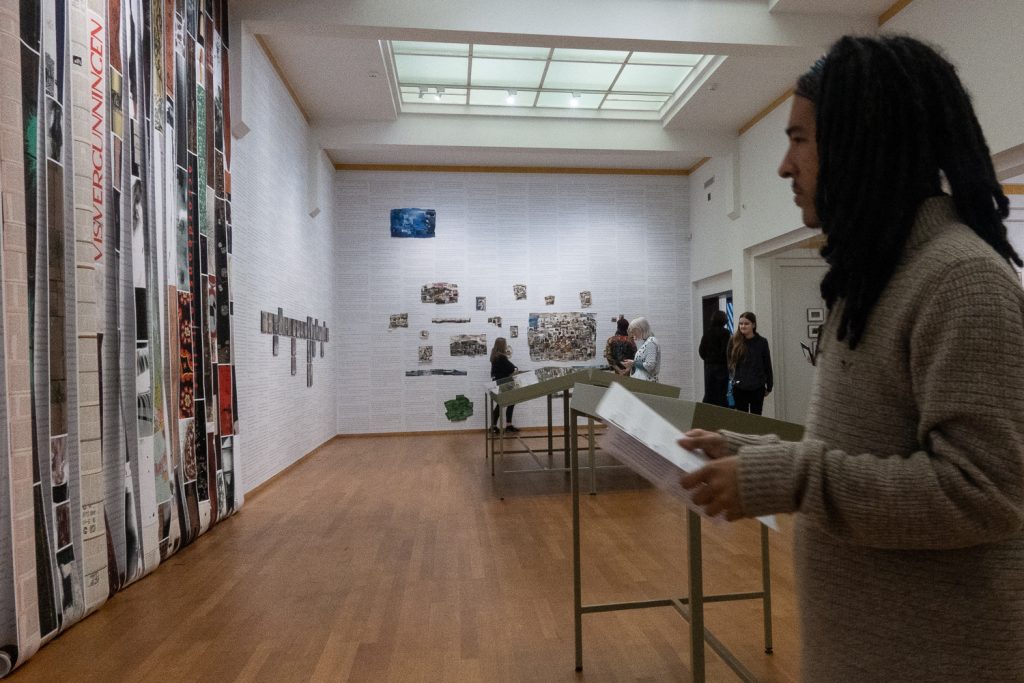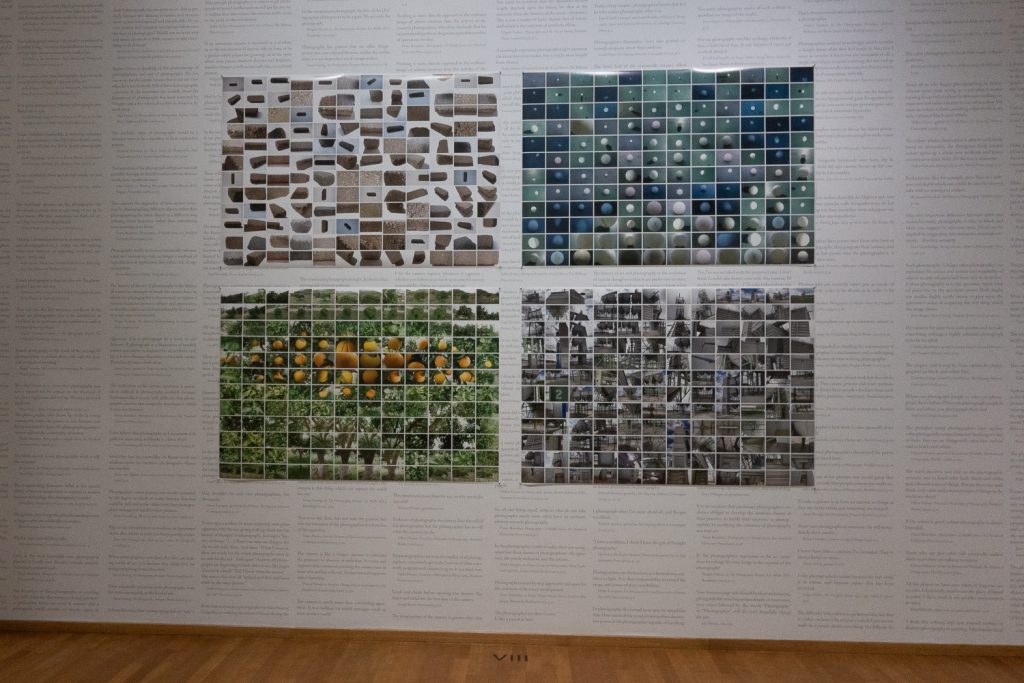Anne Geene and Arjan de Nooy, Gemeentemuseum Den Haag, Projects Gallery, 15th December 2018
A one room exhibition dedicated to the ‘universal photographer‘, a project by Dutch photographers Anne Geene and Arjan de Nooy.

They have aligned found images with trends in photography over the lifetime (1955-2016) of the fictional universal photographer, who becomes the embodiment of responses to changes in photographic technology, an unfolding life-course and trends in art and photography (practice, theory and critique). The primary outcome of the project is a book, which includes extensive quotes from the work of major theorists, commentators and artists relating to the forms of photography covered, and fictional quotes about the work of the universal photographer and their work alongside a biography of the universal photographer (the pdf of the book can be downloaded here). It’s an impressive and entertaining project, and an exemplary exercise in post-modern irony. The project guides the viewer through the development of art photography and theory over the past half century, raising questions about the relationship between esoteric art and everyday life (the images are very much ‘everyday’ and naive, but articulated with the evolving art practices of the time) and rendering both faintly absurd, and strangely engaging, in the process. The project thus speaks both to the gallery visiting public and the to art world, questioning the relationship between the visual products of both. In presenting the work of the the universal photographer as art, the work also pulls art into the everyday and opens it (and the associated academic and artistic commentary and analysis) to common scrutiny and assessment.

In looking at the images, it is not a case of ‘we could have done that’; we actually did do it – these are our images, from our photo albums and boxes of family, event and holiday prints. In my own project, I have created a degree of insulation between forms of image making: this work removes that insulation in a gallery space and plays with the distinction between the sacred and the profane. And it’s all shot through with dry humour and parody. In the development of my project, it’s clearly important to the think about other mechanisms for bringing these different domains of practice into the same space and into constructive critical dialogue.
Geene, A. & A. De Nooy. 2018. The Universal Photographer. Rotterdam: De Hef.
